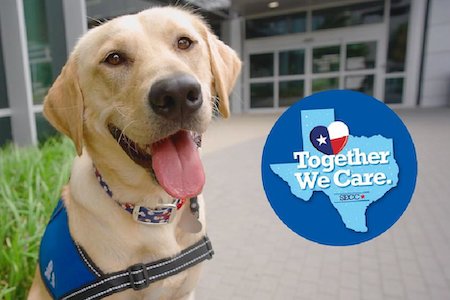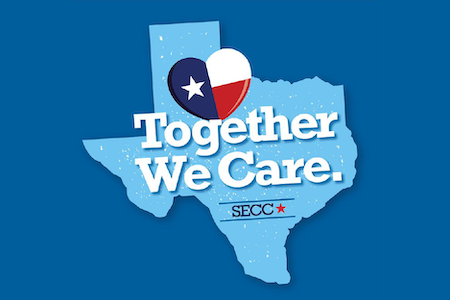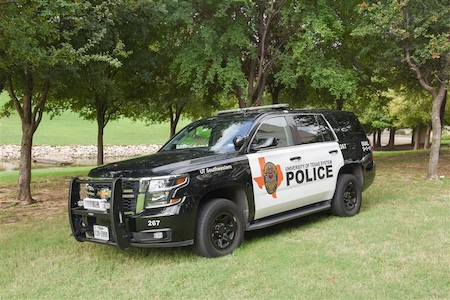Campus Updates
Winter weather awareness and safety tips
General tips and information about navigating the winter weather at and around UT Southwestern.
Prioritize your well-being this holiday season
Prioritize your well-being this holiday season with Headspace sessions.
Coming soon: AI platform launch and what to expect
Information about the implementation and responsible use of artificial intelligence (AI) at UTSW
A message from your SECC ambassador
Read a mid-campaign message from your SECC ambassador and see the photo gallery.
Cybersecurity Awareness Month 2025
October is Cybersecurity Awareness Month, a global effort to stay safe and protected when using technology and connecting online.
Digital accessibility compliance and training
Announcement about digital accessibility compliance and training.
Now live: UTSW Service Center portal for your service request needs and more
The UTSW Service Center portal includes a vast knowledge base, sophisticated searching, a new ServiceNow catalog, and more.
Join us in making a difference through the State Employee Charitable Campaign
Make a difference through the State Employee Charitable Campaign.
Human Resources reminders, best practices, and updates for FY26
HR reminders, best practices, and exciting updates for FY26
Staying safe on campus
Review emergency contact information and response guidance.










